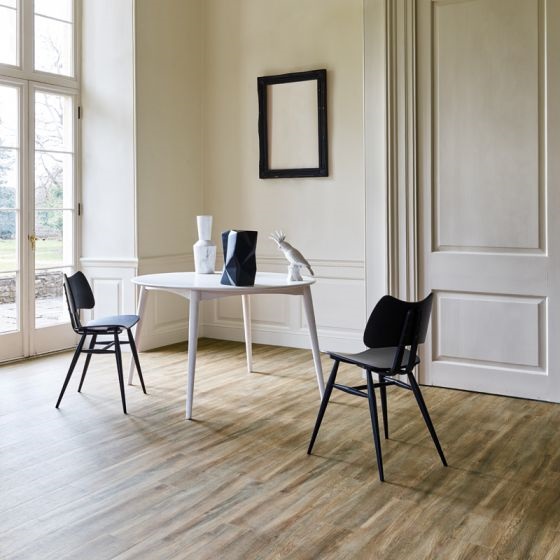Vinyl is the second most used plastic in the world, with more than $4 billion in sales annually. It is used in many different industries.
Vinyl is extremely durable, and it retains its appearance longer than many other building materials. It is not impervious to damage though. It can become cracked or scratched.

Many people wonder if you can repair damaged vinyl flooring. The short answer is yes, but it involves several steps.
If you are interested in the vinyl flooring repair process, keep reading. The home improvement guide below will help ensure an outstanding outcome for your project.
Identify and Mark the Damaged Area
The first step of vinyl flooring repair is to zero in on the plank or section of planks you wish to replace. Mark the contours of the plank with tape.
This will let you easily identify the area to remove. It also will help you avoid cutting into adjacent vinyl pieces.
Remove Damaged Vinyl Planks
The next step is to remove the damaged planks. Make an incision along the length of the plank using a compact handheld circular or jab saw.
Use a fine-toothed blade to achieve a cleaner cut and greater precision. Depending on the softness of the vinyl, a very sharp utility knife may suffice. Once you have made the cuts, carefully remove the damaged vinyl planks, taking care not to damage adjoining ones.
Clean the Subfloor
Once the vinyl flooring section is removed, clean the subflooring. Remove any remnants of adhesive stuck on top of the subflooring, and vacuum up or wipe away dust or debris. The most important thing is to ensure a flat, level surface for installing the new vinyl planks.
Measure and Cut the Replacement Plank
Measure the dimensions of the vinyl flooring that was removed and use them to draw an outline on the new plank. Choose vinyl that closely resembles the colors and patterns of the planks that were removed.
Install New Vinyl Plank Flooring
The initial step of new vinyl flooring installation is to apply adhesive to the back of the replacement plank. Water-based is the most environmentally friendly. You also can find peal-and-stick vinyl flooring with the adhesive already on there.
Put the new vinyl plank flooring in place, making sure it is aligned and snug with the surrounding planks. If you are using clock-lock ones, make sure those catch as you are securing them in place. Once down, you can use a roller to press across the planks to ensure proper adhesion to the subflooring.
Check the instructions on the adhesive to see how long it takes to dry. After this duration, it is safe to walk on your new floor.
Get More Tips on Vinyl Flooring Repair
Vinyl flooring repair is entirely possible if you follow the flooring maintenance tips above. Given vinyl’s longevity, DIY floor repair is a simple, economical way to keep it looking great for years.
Since 1947, LX Hausys has been providing the highest quality flooring materials to enhance the living spaces of our customers. We help create aesthetically stunning floors through the use of quality, eco-conscious materials. Reach out to us today to learn more about our products or advice on fixing vinyl floors.
